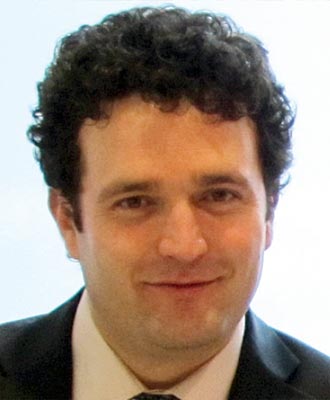To attend, please RSVP to epp@cseg.ca.
Unless we have exceeded the allowable number of people for the auditorium, we will not be replying to your email.
LunchBox Geophysics is free! Simply bring your own lunch (refreshments provided) and enjoy.
Abstract
Curvelet transform has gained special attention in the seismic data processing community in recent years. The curvelet transform is considered as a local and directional decomposition of an image (data) into harmonic scales. This is an attempt to find the contribution from each point of data in the time-space (t-x) domain to isolated directional windows in the frequency-wavenumber (f-k) domain. This talk presents a physical and graphical interpretation of curvelet coefficients to reveal more of its useful features rather than just seeking sparse representation of curvelet coefficients. In particular, the curvelet transform will be utilized for beyond-alias interpolation of aliased non-stationary seismic records. The proposed interpolation method is applicable for both regularly and irregularly sampled seismic data and does not require spatial windowing. Several synthetic and real data examples, accompanied by their curvelet domain plots, will be provided to examine the performance of the proposed curvelet interpolation method.
Biography
Mostafa Naghizadeh received B.Sc. in Mining Engineering from the University of Kerman, Iran, in 2000 and M.Sc. in Geophysics from the University of Tehran, Iran, in 2003. He received his PhD in Geophysics from the University of Alberta in 2009. His interests are in seismic data reconstruction methods, sampling theory and seismic imaging. He currently holds a postdoctoral fellow position with CREWES at the University of Calgary. Mostafa is the recipient of an Honorable Mention for Best Student Paper at the CSEG 2006 convention, CSEG Best Student Paper Award in 2007 and 2009, and best SEG Student Poster Award in 2008.





